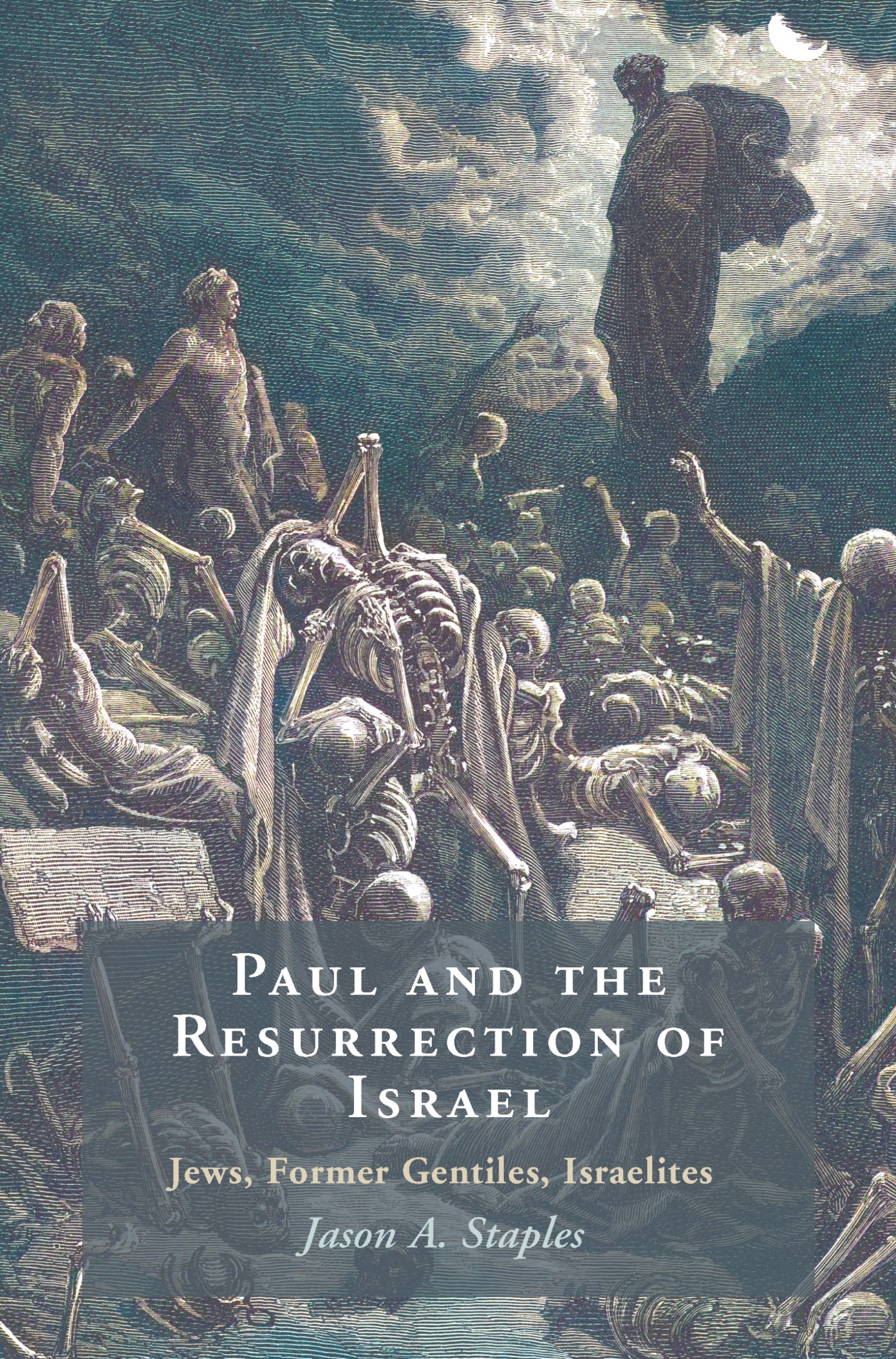Andrew Santella has an interesting piece on Slate.com about Americans’ consumer approach to churches (The Church Search: Why American churchgoers like to shop around). He makes a few standard observations about the angst often showed towards the phenomenon—go to just about any church and you’ll hear warnings about the dangers of such “spiritual consumerism” and “not being planted.” He likewise points out that the American marketplace approach to church largely traces back to the constitutional prohibition against official state religion, both allowing and forcing churches to fight for parishoners.
Perhaps most interesting is that he observes the many ways that churches are attempting to expand their memberships (focus groups, surveys, giveaways, even “mystery worshipers”), only to then quote Roger Finke and Rodney Stark’s The Churching of America, 1776–1990 in support of the idea that such “capitalist” approaches to ministry trace back to the prohibition against state religion. Though he does point out Barna research to the effect that much of the “strip-mall faith” being marketed is less effective than it may seem, he neglects to mention arguably the most important conclusions of Finke and Stark’s book:
1) (in the words of Liz Clark’s summary) “Religious movements demanding adherence to strict doctrine and practice grow, while groups modernizing their doctrine and embracing the values of wider society decline … a claim that runs counter to the prevailing secularization hypothesis. …. Religions thrive best when costs are high and alienation from the larger society great, as was the case when Christians were subject to persecution. Cost-benefits analysis shows that ‘expensive’ Christianity was perceived as a good inevestment: although Christians gave much, they also received much from their community, not least of which was the assurance of a blessed afterlife.”
2) Most conversions trace to social network connections, suggesting that churches that want long-term growth should focus on friendly and loving interpersonal relationships both with those inside the group (making the group attractive) and outside the group (providing the necessary connection from outside to inside). Stark’s 1996 book, The Rise of Christianity: A Sociologist Reconsiders History, points out that there is no evidence for a massive, organized Christian mission program in the period of high growth in the first few centuries after Christ.
These conclusions are extremely significant in an era of capitalist approaches to religion. What is interesting is that they militate against the “modern” marketing methodologies being followed by many churches today. If Stark’s research is to be believed, the best move a church or religious group can make today is to uphold its doctrine stubbornly, emphasize strict insider/outsider boundaries, make strong demands on behavior, and focus on interpersonal care and concern for one another. In other words, “good, old-time” Christianity, making “expensive” demands on its members, still remains the most sociologically likely to see long-term success.


5 Comments. Leave new
I think the four criteria you’ve listed according to Stark rings pretty true for me personally in my neverending search for a better church as I continually settle for the one I’m at- maybe besides the “make strong demands on behavior” bit, I still have a major flaw in rebelling against authorities.
[…] church will be forced to distinguish itself from the world. The great poison pill for the church is having no distinction between itself and the surrounding culture, a fact that stands in tension with the church’s mission to redeem the world. The point is […]
[…] effectively synonymous with being a member of that religion, it begins to lose steam. In contrast, (as discussed in this space before), religious movements that aren’t just associated with the wider culture have a better chance […]
[…] effectively synonymous with being a member of that religion, it begins to lose steam. In contrast, (as discussed in this space before), religious movements that aren’t just associated with the wider culture have a better chance […]
[…] church will be forced to distinguish itself from the world. The great poison pill for the church is having no distinction between itself and the surrounding culture, a fact that stands in tension with the church’s mission to redeem the world. The point is […]